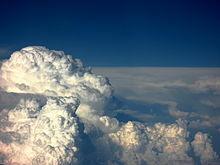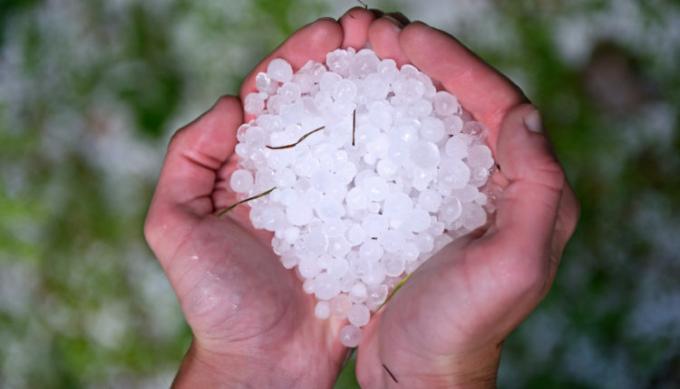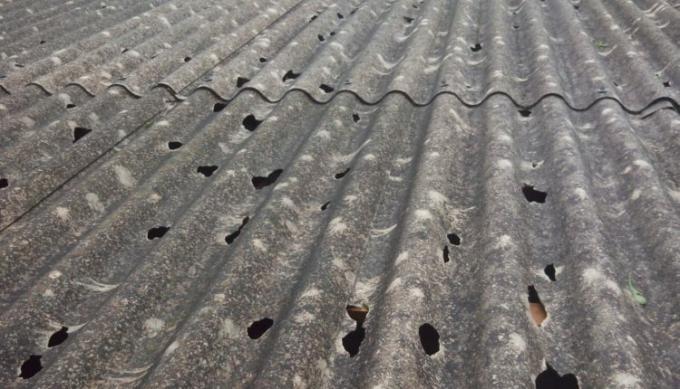"Wow, today it rained so hard that 'it even fell to stone'"!
Surely, you must have heard something similar after a heavy rain. And, also, you must have heard the “pebbles” fall on the roof or seen them scattered on the sidewalks, lawns and asphalt.
see more
8 signs that show that anxiety was present in your…
School director intervenes delicately when noticing a student wearing a cap in…

Hail storms usually happen on very hot days and regions. Depending on their intensity, they can cause great damage. But, do you know why it happens?
What is hail and how does rain happen?
It is no exaggeration when you hear someone saying that “it rained stones”. Hail is ice that forms in clouds called cumulonimbus clouds. They are very tall and compact, similar to anvils.

Inside them, the humid air originated by the evaporation of water from rivers, seas and the surface moves from top to bottom, forming droplets of low temperature. Every 100m that this cloud rises, the temperature drops -0.6°C, reaching -80°C. Pretty cold, huh?
The droplets that form freeze and increase in size due to constant movement. They, too, come together as new layers of water appear. When the stones reach a size that the cloud cannot support, they fall.
The size will vary according to the amount of water formed and also by the degree of movement. Normally, it is between 0.5 and 5 cm in diameter, rarely reaching more than that.

However, some reports account for stones weighing more than half a kilo. In the United States, for example, there were records of a hailstone measuring 14 cm in diameter weighing 750 grams. But, this rarely happens.
A curiosity: when the ice particles are larger than 5 mm in diameter, they are called hail. If they are smaller than that, they get the name of soft hail, better known as snow!
It is important to note that hailstorms do not happen in polar regions. Why? Remember how we said at the beginning that pebbles form in the cumulonimbus cloud? They are responsible for lightning and thunder, did you know that?
So, this type of cloud only forms in warmer regions. Its origin is due to high temperatures and high air humidity, which is rarer in cold countries. Therefore, hailstorms are more frequent in equatorial regions.
Does hailstorms cause damage?
Depending on your intensity, yes! If the stones are larger and therefore heavier, they can damage roofs, cars and crops. Also, very concentrated ice can melt and cause congestion and flooding.

In the case of crops, in addition to the weight of the pebbles, the intense cold can burn the leaves, causing the greatest damage to farmers. That's why Russian scientists use rockets to destroy them before they reach the surface.
The equipment is destroyed when it hits the clouds, releasing silver iodide, which manages to dissolve the granite. The cost of the rocket is $400. But, USP scientists created a similar prototype costing US$ 40, in addition to being recoverable. Interesting, isn't it?
So, do you understand how hailstorms form?
